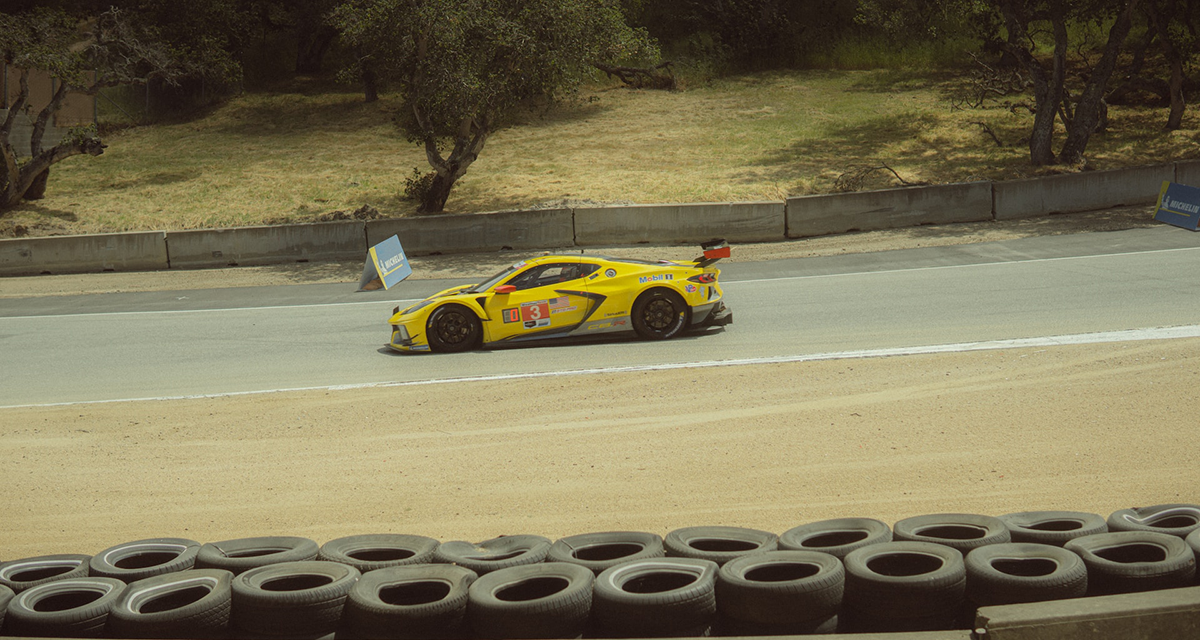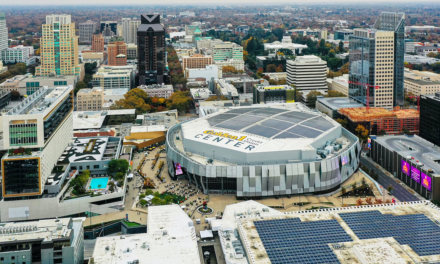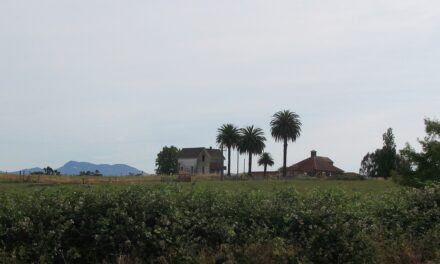Salinas, California, often celebrated as the “Salad Bowl of the World” due to its vibrant agricultural scene, holds a rich and varied history.
This blog post delves into the historical journey of Salinas, exploring its early beginnings, agricultural boom, cultural significance, and more.
Early Beginnings: The Native Heritage and Spanish Colonization
Before the European settlers started to arrive, the Ohlone and Esselen tribes inhabited the Salinas area.
Their legacy, deeply embedded in the region, shaped the early cultural landscape.
With Spanish colonization in the 18th Century, Salinas underwent significant changes. The establishment of nearby missions marked the beginning of European influence in the area.
The Birth of a City: Salinas in the 19th Century
In the 19th Century, Salinas transformed from a quiet, pastoral community to an official city. Founded in 1867, Salinas rapidly grew due to its fertile land, ideal for agriculture.
In 1872 the Southern Pacific Railroad was completed and connected Salinas to broader markets, fueling its growth and prosperity.
Agricultural Boom: The 20th Century and the Salad Bowl
The 20th Century marked a period of immense agricultural development for Salinas. Its fertile soil produced abundant crops, especially lettuce, earning it the moniker “Salad Bowl of the World.”
This era saw a significant influx of migrant workers, profoundly shaping the city’s demographic and cultural fabric.
Cultural Landmarks: The Steinbeck Connection and Beyond
Salinas is indelibly linked to the renowned author John Steinbeck, born in 1902.
His works, deeply influenced by the region, brought Salinas to the literary forefront.
The National Steinbeck Center, a cultural landmark, is a testament to his literary legacy and connection to Salinas.
Modern Salinas: Growth and Challenges
Salinas continues to evolve today, balancing its agricultural roots with modern development.
The city faces typical urban challenges like housing, economic diversification, and sustainability.
Despite these challenges, Salinas remains a vibrant community rich in history and culture.
Salinas Today and Tomorrow: A Look Ahead
As Salinas looks to the future, it embraces its past while adapting to the changing times. The city’s enduring agricultural legacy and its growing tech and service industries paint a picture of a dynamic, resilient community.
Q&A: Delving Deeper into Salinas’ Heritage
Q: What role did the railroad play in Salinas’ growth?
A: The arrival of the Southern Pacific Railroad was pivotal, connecting Salinas to larger markets and spurring economic and population growth.
Q: How has agriculture shaped Salinas’ identity?
A: Agriculture, particularly lettuce farming, has been central to Salinas’ economy and culture, earning international recognition as the “Salad Bowl of the World.”
Q: What is the significance of John Steinbeck in Salinas’ history?
A: Steinbeck’s novels, inspired by his experiences in Salinas, have immortalized the city in American literature, highlighting its social and cultural dynamics.
Q: How is Salinas addressing its modern urban challenges?
A: Salinas focuses on sustainable development, economic diversification, and community initiatives to address housing affordability and urban growth.
Q: What makes Salinas unique in California’s history?
A: Salinas’ blend of rich agricultural heritage, literary significance, and diverse cultural influences makes it a unique and integral part of California’s historical tapestry.
Q: How can visitors best experience Salinas’ history?
A: Visitors can explore the National Steinbeck Center, historic downtown, and agricultural tours to experience Salinas’ rich history and culture.
Salinas’ history is a testament to resilience, innovation, and cultural amalgamation.
From its native roots to its current status as an agricultural leader, Salinas continues to evolve, facing its challenges head-on while honoring its rich past.
Whether you’re a history buff, a Steinbeck fan, or an agricultural enthusiast, Salinas offers a unique glimpse into the diverse fabric of California’s history.
What new chapters will Salinas write in the coming years, and how will it continue to shape the narrative of California’s Central Coast?





